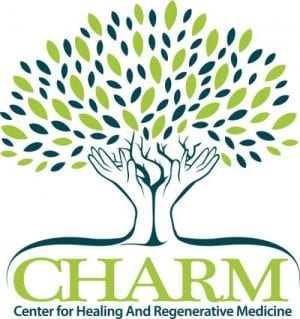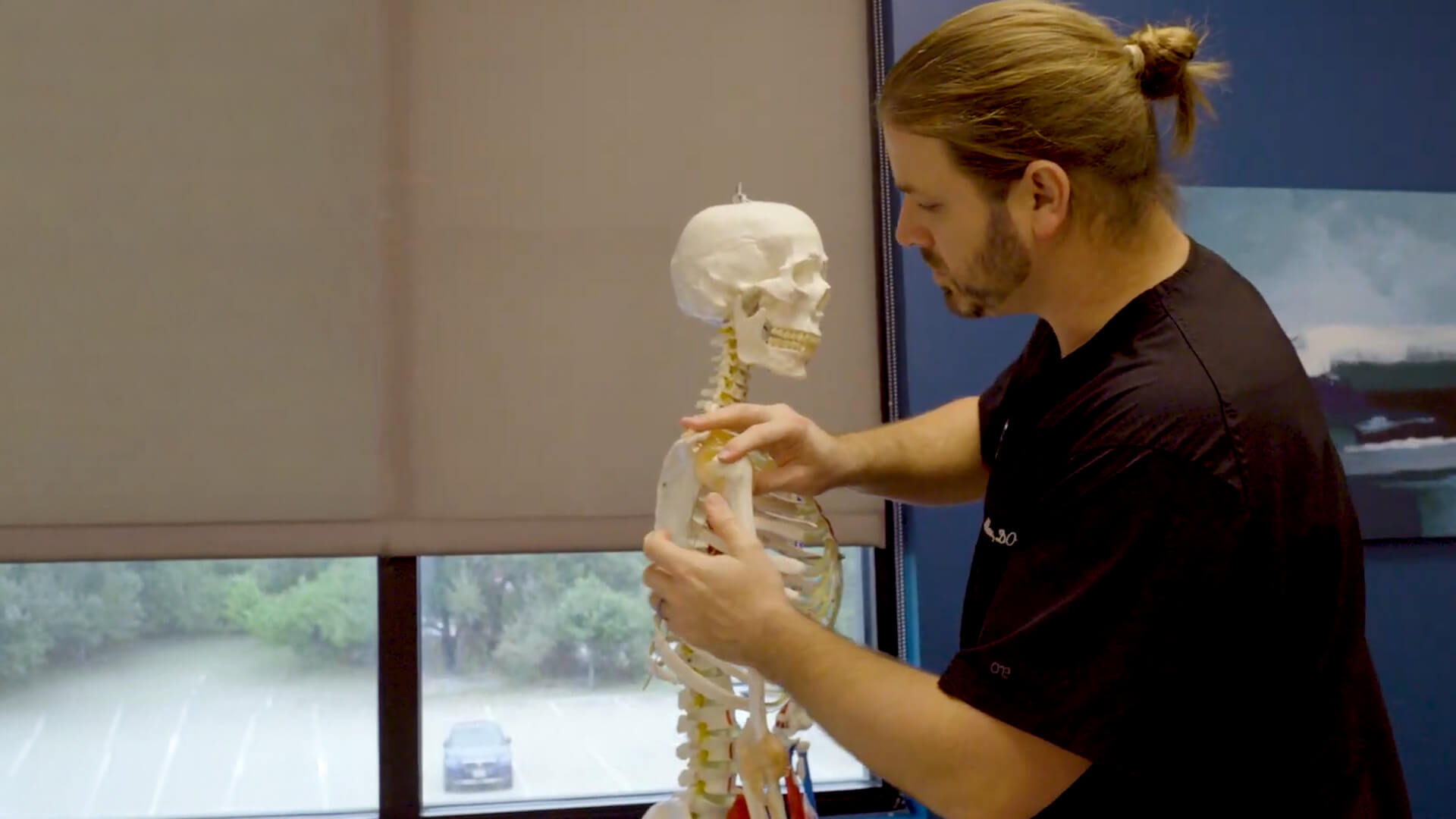Chronic pain—especially when it lingers month after month—can feel like it’s slowly taking pieces of your life away. Whether it’s joint discomfort, tendon injury, or persistent back or neck pain, the constant physical toll can leave you unsure of where to turn next.
If you’ve started exploring treatment options, you’ve likely encountered a broad spectrum—from traditional methods like physical therapy or corticosteroid injections to newer regenerative approaches like platelet-rich plasma (PRP) therapy.
And while the clinical differences between these treatments can be confusing, perhaps the most pressing question for you is simple: how long will I take to recover?
Why Recovery Time Matters in Musculoskeletal Care
If you’re among the 1 in 4 Americans living with chronic pain, you may be familiar with some common musculoskeletal issues, including:
- Carpal tunnel
- Chronic tendinopathy
- Degenerative disc disease
- Herniated discs
- Improperly healed sprains, tendon tears, or fractures
- Osteoarthritis
- Rheumatoid arthritis
- Sacroiliitis
- Sciatica
Living with chronic pain can take a toll on both your body and mind, affecting your ability to work, exercise, travel, and complete daily tasks like eating and getting dressed. Treating chronic pain can also wear you down, especially if a longer recovery time is required.
Fortunately, effective but minimally disruptive alternatives like PRP therapy offer faster healing, fewer complications, and lower healthcare expenses.
What Is Platelet-Rich Plasma (PRP) Therapy?
PRP therapy is a nonsurgical intervention that uses a sample of the patient’s blood, which is then spun in a centrifuge to concentrate the platelets. This platelet-rich solution is injected into the affected area to stimulate inflammation and kickstart the body’s natural healing process. Commonly used for joints, tendons, ligaments, spine, and post-surgical recovery, PRP therapy is also known to help individuals with disc or nerve-related issues if processed in a way that reduces its inflammatory properties but retains the growth factors to assist in nerve healing.
PRP therapy is similar to Bone Marrow Aspirate Concentrate (BMAC) therapy, except that BMAC uses a patient’s own concentrated bone marrow, rather than their platelets, to promote healing in damaged tissues, joints, tendons, and bone. BMAC added to PRP is ideal when a patient’s condition is generally more severe or complex.
Traditional Treatment vs. PRP Therapy Recovery Times
Mild swelling or soreness is normal for 24-72 hours after a PRP therapy treatment. Most patients resume light activity within a few days, while athletes return to training in 1-2 weeks. While full tissue healing takes weeks, functional improvement often begins sooner as PRP actively stimulates the healing process.
Other traditional treatments, however, have different levels of invasiveness, recovery time, tissue healing, and downtime. The chart below shows a comparison between the approaches:
| Treatment | Invasive | Recovery | Tissue Healing | Downtime |
|---|---|---|---|---|
| PRP | Minimally invasive | Light activity in 2-3 days, athletes 1-2 weeks; longer-lasting | Stimulates natural tissue repair; functional improvement often begins sooner | Minimal |
| Steroids | Minimally invasive | Quick pain relief, temporary | No actual tissue healing and can decrease tissue integrity if repeated | Minimal |
| Surgery | Invasive | 6-12 weeks (sometimes 6+ months) | May restore or repair tissue but often requires rehab/PRP for full function | Significant |
Advanced methods like PRP therapy could revolutionize pain management and rehabilitation for generations to come.
Which Recovery Timeline Is Right for You?
Your ideal recovery timeline depends on your injury, overall health, and treatment plan, but PRP therapy often allows faster, safer healing with minimal downtime compared with surgery or repeated steroid injections. More complex injuries can take longer to heal. You may also experience a longer recovery time if you:
- Don’t get enough sleep
- Have a diet low in vitamins, minerals, and essential nutrients
- Have other chronic conditions
- Ignore activity guidelines
- Skip physical therapy
- Smoke
See How Regenerative Medicine Can Help You
When it comes to treating chronic musculoskeletal pain, PRP therapy stands out not only for its ability to accelerate healing but also for its potential to address the underlying cause of pain, not just the symptoms. By stimulating tissue repair and regeneration, PRP offers a more sustainable path to recovery than traditional treatments that often rely on short-term relief.
For many patients, this means faster recovery, fewer setbacks, and a genuine return to activity—without repeated injections or dependence on medications.
If you’ve been struggling with chronic pain, schedule a consultation with our team of musculoskeletal experts today.

